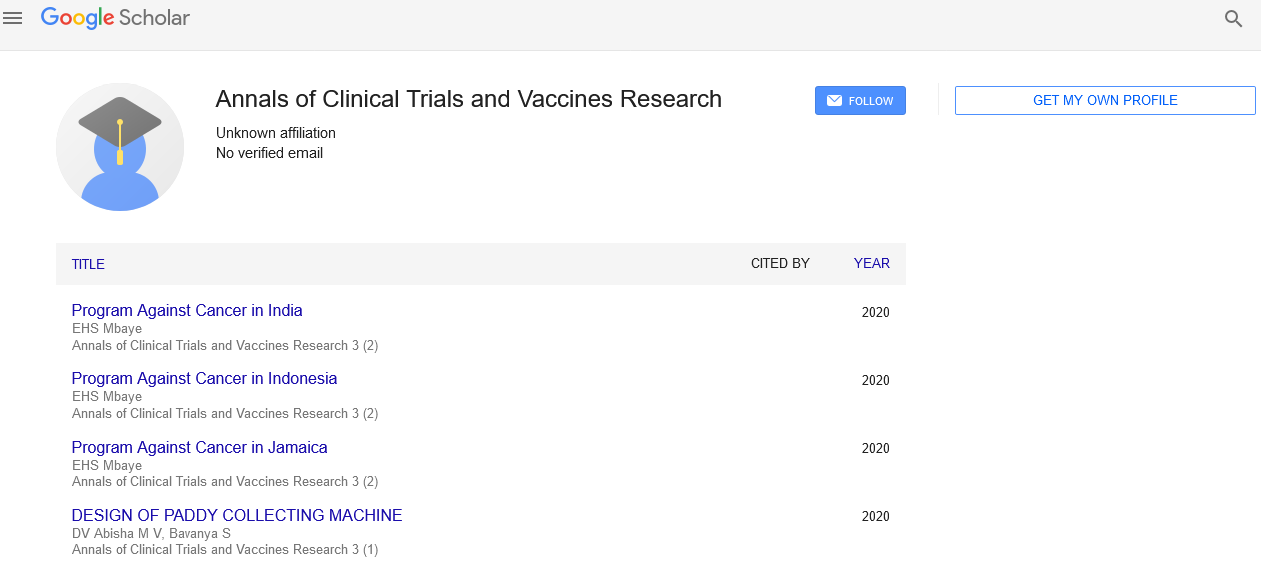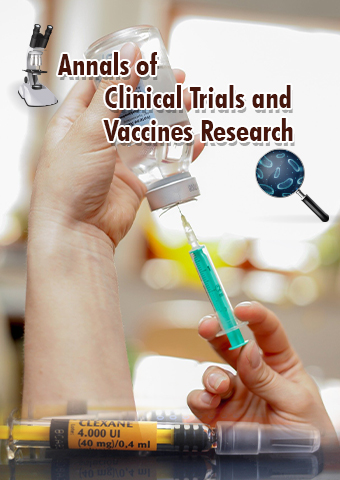Perspective - Annals of Clinical Trials and Vaccines Research (2024) Volume 14, Issue 6
Pharmaceutical Limitations for Drugs: Challenges in Development and Distribution
- Corresponding Author:
- Mathiran Selva
Department of Pharmaceutics, Sigiriya University, Sigiriya, Sri Lanka
E-mail: mathi@rajgmail.com
Received: 27-Nov-2024, Manuscript No. ACTVR-24-153425; Editor assigned: 02-Dec-2024, Pre QC No. ACTVR-24-153425 (PQ); Reviewed: 16-Dec-2024, QC No. ACTVR-24-153425; Revised: 21-Dec-2024, Manuscript No. ACTVR-24-153425 (R); Published: 28-Dec-2024, DOI: 10.37532/ACTVR.2024.14(6).294-295
Introduction
The pharmaceutical industry plays a vital role in advancing healthcare by developing drugs to treat various diseases. However, the journey from discovery to delivery is fraught with challenges. Pharmaceutical limitations can arise at multiple stages, from Research and Development (R&D) to distribution and patient access. These barriers can affect drug efficacy, safety, affordability, and availability. This article delves into the critical limitations faced in the pharmaceutical sector and explores their implications for public health.
Description
Challenges in drug development
Drug development is an intricate process involving substantial investments of time, expertise, and financial resources. The limitations in this stage include:
High costs and resource requirements: Developing a new drug can cost billions of dollars, with much of the expenditure allocated to clinical trials and regulatory compliance. Many potential drugs fail during development, leading to significant financial losses.
Long development timelines: The process from drug discovery to market approval typically spans 10-15 years. Extended timelines delay patient access to critical treatments and increase the financial risks for pharmaceutical companies.
Scientific and technical barriers: Advancements in fields like genomics and biotechnology have enhanced drug development, but they also bring complexity. Challenges in targeting diseases like Alzheimer’s or rare genetic disorders highlight the scientific limitations in understanding and treating certain conditions.
Regulatory and compliance hurdles
Stringent approval processes: Regulatory agencies such as the FDA and EMA ensure drugs meet high safety and efficacy standards. While necessary for public safety, these rigorous requirements can prolong approval processes and inflate costs.
Global variability in regulations: Different countries have distinct regulatory frameworks, creating difficulties for multinational pharmaceutical companies. Harmonizing these requirements remains a persistent challenge.
Post-market surveillance: Even after approval, drugs are subject to ongoing scrutiny to monitor side effects and long-term efficacy. This can lead to recalls or additional studies, imposing further costs and risks.
Pharmacological limitations
Drug resistance: Antimicrobial Resistance (AMR) has emerged as a significant limitation, rendering many antibiotics ineffective. Similar challenges are observed in oncology, where cancer cells develop resistance to treatments.
Target-specific constraints: Drugs designed for specific molecular targets may fail if the target mutates or is absent in certain patient populations, limiting their universal applicability.
Limited efficacy in chronic diseases: Chronic conditions like diabetes and hypertension often require lifelong medication, but these treatments may not address the underlying causes. Developing curative therapies remains elusive for many such diseases.
Production and scalability issues
Manufacturing complexities: Modern drugs, particularly biologics and gene therapies, require sophisticated manufacturing facilities. Ensuring consistent quality at scale is a considerable challenge.
Supply chain vulnerabilities: Disruptions in the global supply chain, as seen during the COVID-19 pandemic, highlight the fragility of drug distribution networks. Shortages of raw materials and Active Pharmaceutical Ingredients (APIs) exacerbate the problem.
Quality control: Maintaining high-quality standards across all batches is essential but challenging. Quality control issues can lead to recalls, tarnishing the reputation of pharmaceutical companies and affecting patient safety.
Accessibility and affordability
High drug prices: The high cost of new drugs often makes them inaccessible to many patients, especially in low- and middle-income countries. Pricing models that account for R&D costs and market exclusivity contribute to this challenge.
Limited insurance coverage: In some regions, limited insurance coverage exacerbates affordability issues, preventing patients from accessing life-saving medications.
Geographic disparities: While urban areas often have better access to medications, rural and remote regions face shortages due to logistical and economic constraints.
Ethical and social challenges
Equity in drug development: Pharmaceutical companies often prioritize diseases prevalent in high-income markets, neglecting conditions like neglected tropical diseases that disproportionately affect low-income populations.
Clinical trial limitations: Ensuring diverse representation in clinical trials remains a challenge. Drugs tested predominantly on specific populations may not be as effective or safe for others.
Public perception and trust: Misinformation about drug safety or efficacy can er ode public trust, impacting vaccination campaigns or acceptance of new treatments.
Conclusion
Pharmaceutical limitations are multifaceted, affecting every stage of a drug’s lifecycle. Addressing these challenges requires a collaborative effort among researchers, regulators, healthcare providers, and policymakers. By leveraging technological advancements, fostering global cooperation, and prioritizing equitable access, the industry can overcome these barriers and continue to improve healthcare outcomes for all. While progress may be slow, sustained efforts and innovations ensure that the pharmaceutical sector remains a cornerstone of modern medicine.

